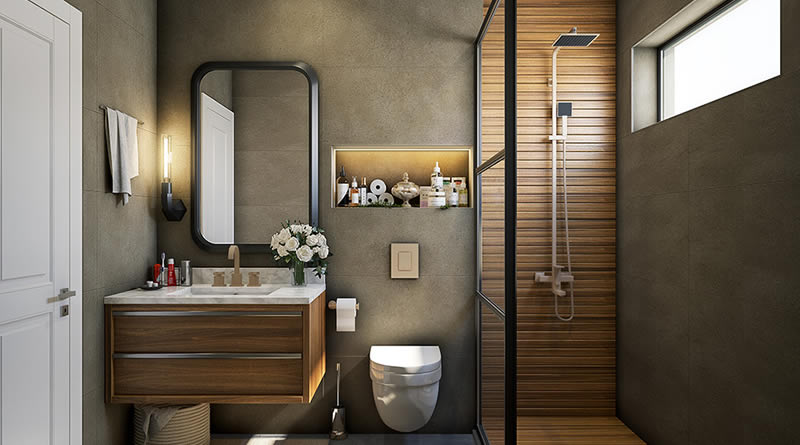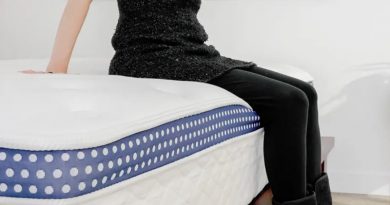Materials Used in Bathroom Products
When it comes to bathroom products, the choice of materials plays a significant role in their quality, durability, and overall performance. Understanding the materials used in bathroom products can help us make informed decisions and select items that best suit our needs. In this article, we will explore the common materials used in bathroom products, from fixtures to accessories, and gain insights into their characteristics. Let’s dive into the details and discover the world of bathroom materials.
1. Ceramic
Ceramic is a popular material used in various bathroom products due to its durability and aesthetic appeal. Ceramic fixtures, such as sinks and toilets, are known for their sleek finish and resistance to scratches and stains. Additionally, ceramic tiles are a common choice for bathroom flooring and walls due to their water resistance and ease of maintenance.
2. Porcelain
Porcelain is another material commonly found in bathroom products. It is often used for bathroom sinks, bathtubs, and toilet bowls. Porcelain offers similar advantages to ceramic, including durability and resistance to moisture and stains. Its smooth and glossy surface adds elegance to the bathroom while providing functionality.
3. Stainless Steel
Stainless steel is a versatile material widely used in bathroom fixtures and accessories. It is highly durable, corrosion-resistant, and easy to clean, making it suitable for items like faucets, showerheads, towel bars, and soap dispensers. Stainless steel fixtures add a modern and sleek touch to the bathroom while ensuring longevity.
4. Glass
Glass is a material that adds a touch of sophistication to bathroom design. It is commonly used for shower enclosures, mirrors, and countertops. Glass provides a sleek and transparent appearance while allowing light to pass through, creating a sense of openness and spaciousness. Tempered glass is especially popular in shower enclosures due to its safety features.
5. Natural Stone
Natural stone, such as granite, marble, and travertine, can elevate the luxury and aesthetic appeal of a bathroom. These materials are often used for countertops, vanities, and flooring. Natural stone offers unique patterns and textures, creating a visually stunning environment. However, it requires proper sealing and maintenance to preserve its beauty over time.
Conclusion
The choice of materials used in bathroom products greatly influences their performance, durability, and aesthetic appeal. Ceramic and porcelain provide durability and a sleek finish, while stainless steel offers a modern touch and longevity. Glass adds sophistication and openness, while natural stone brings luxury and unique textures. By understanding the materials used in bathroom products, we can make informed choices that meet our functional and design preferences. Whether it’s selecting fixtures, accessories, or flooring, considering the materials used ensures a bathroom that combines both style and functionality.




